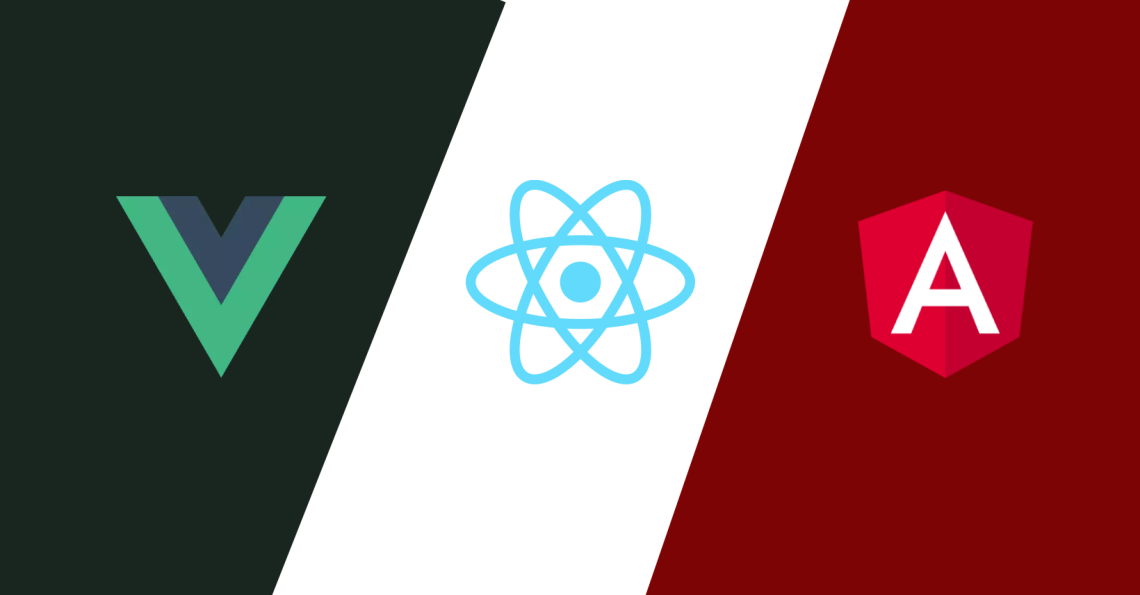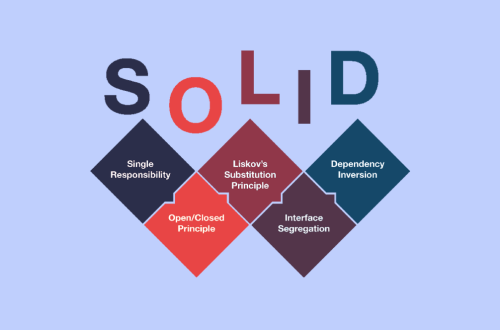In the world of frontend development, frameworks are essential tools that help developers build scalable, maintainable, and interactive web applications. In this post, we’ll explore three of the most popular frontend frameworks today: Vue.js, React, and Angular. Each has its unique approach, strengths, and use cases, making them ideal for different project requirements.
Vue.js: The Progressive Framework
Vue.js is often praised for its simplicity and flexibility. Created by Evan You, Vue has grown into one of the most loved frameworks in the frontend community. Its main goal is to make building user interfaces easy and efficient.
Key Features:
Reactive Data Binding: Vue automatically updates the DOM when the state changes.
Component-Based Architecture: Everything in Vue is a component, making your code modular and reusable.
Easy Integration: Vue can be introduced gradually into existing projects without a full rewrite.
Great Documentation: Vue’s learning curve is gentle, and the official documentation is comprehensive.
When to use Vue.js:
Projects that require fast development with minimal boilerplate.
Smaller teams or solo developers who want a framework that is easy to learn.
Applications that might evolve gradually over time.
React: The Library for Building UIs
React is often called a “library” rather than a framework, but its ecosystem offers everything you need for full frontend development. Created by Facebook, React revolutionized how developers think about building UIs with its component-based approach and declarative programming model.
Key Features:
Virtual DOM: React uses a virtual DOM to efficiently update and render UI changes.
Component-Based Architecture: Components make your application modular and reusable.
Ecosystem & Community: With libraries like Redux, React Router, and Next.js, React can handle everything from state management to server-side rendering.
JSX Syntax: JSX allows developers to write HTML-like code directly in JavaScript, making UI logic more readable.
When to use React:
Large-scale applications with complex UIs.
Teams that need a highly flexible framework with a massive community.
Projects where server-side rendering or static site generation is needed.
Angular: The Complete Framework
Angular, developed by Google, is a full-fledged framework that provides everything you need to build large-scale applications. Unlike Vue and React, Angular comes with a complete toolset out of the box, including routing, forms, and HTTP services. For small projects, it is generally not recommended, as Angular requires more setup and configuration compared to lighter frameworks.
Key Features:
Two-Way Data Binding: Automatically synchronizes the model and the view.
Dependency Injection: Makes components more modular and easier to test.
TypeScript Support: Angular is built with TypeScript, providing static typing and advanced tooling.
Robust CLI: Angular CLI allows for easy project scaffolding, development, and building.
When to use Angular:
Enterprise-level applications requiring a comprehensive framework.
Projects with large teams and strict structure requirements.
Applications that benefit from built-in TypeScript support and strong tooling.
Performance
Performance is a crucial factor when choosing a frontend framework, as it directly impacts user experience and application scalability.
Vue.js offers fast rendering thanks to its reactive system, which updates only the parts of the UI affected by data changes, reducing unnecessary DOM operations automatically.
React relies on its virtual DOM to efficiently update the UI, but developers often need to use tools like React.memo and useCallback to prevent unnecessary re-renders and maintain optimal performance.
Angular, on the other hand, uses a robust change detection system along with Ahead-of-Time (AOT) compilation to optimize large-scale applications. While Angular may have a larger bundle size and more initial setup, its internal optimizations make it ideal for enterprise-level projects.
Overall, each framework provides different strategies to achieve high performance, and the choice depends on the scale and complexity of the project.
Personal Experience
On my six years of experience as a frontend developer, I’ve had the chance to work with all three of these frameworks. In the last two years, I’ve worked closely with Vue.js, and I find it to be a really great framework- easy to adapt, modern, and straightforward to implement. However, in the job market – at least in Germany- React is by far the most in-demand framework among companies.
That being said, I strongly believe that any good frontend developer can adapt to any framework. At the end of the day, frameworks are just tools. They help us build applications, but the underlying logic and concepts of frontend development remain the same. What changes is mostly the syntax and the way certain features are handled.
The key is to stay adaptable, keep learning, and focus on mastering the fundamentals – because with strong foundations, picking up any new framework becomes much easier.





